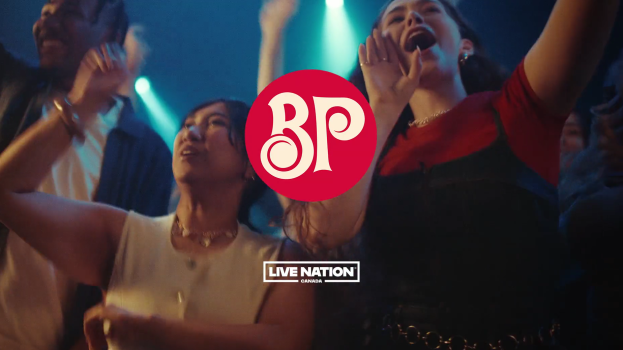We’ve got a new series, asking top marketers across the country about their biggest fears and concerns. What are the things of marketing nightmares? First, we chatted with Kraft CMO Tony Matta, and then Caroline Losson, VP marketing at Natrel. Now, we catch up with Christine Kalvenes, CMO, PepsiCo Foods Canada, just six months into her new stint.
What are the biggest challenges you’re facing? What’s keeping you up at night?
If I were to really ladder it up to one key challenge that’s keeping me up at night, it’s the pace of change in our field. If you think about the marketing industry, it’s changing by the minute.
It’s not really the “what we do” that’s changing – we still build brands, we still connect with consumers, we still drive the business. But a lot of what’s changing is the “how” – how we connect with consumers, how we build the brands, how we drive our business.
It used to be that a 30-second ad and pushing your ideas out to consumers is how we go about it. But things have changed so quickly that the “if you build it, and talk about it, they will come,” mentality has changed.
There’s so many ways to connect with consumers, and consumers are so much more demanding, in terms of how you communicate and engage them, they want to be part of the brand culture – the dynamic is an interesting one.
[To solve this issue] today it’s all about big data and analytics, turning that into insights you can leverage to engage the consumer more on their terms, and it’s about making sure you know your business and system cold so that you can actually make it into market.
When it comes to keeping up with the pace of change, what are some of the challenges you’re facing when organizing your team to meet that demand?
We’re [more tightly] wired to IT than we ever have been before. We have so many different data sources coming in, and the biggest challenge we face isn’t evaluating the data, it’s taking all that data and stripping it down to a meaningful insight. [But] to be honest with you, [we’re struggling] with the sheer quantity of it. There’s a lot of data out there and being able to weed through it all and parse it together to create something meaningful is challenging. It takes a lot of time, a lot of energy.
We recently added a data analytics group to our team who can help us bridge from basic points of data to getting to a stronger insight we can actually leverage to drive the business.
What are some of the other issues you’re grappling with that don’t really have a solution in sight?
The talent joining the workforce is changing. So all these changes [with regard to the pace of change] are being driven by millennials, Gen Y consumers coming into the workforce. What’s interesting about it, and why it’s challenging, is that they have a completely different mindset than the boomers and gen-Xers that are running the companies today.
They’re the “we” generation, with full-brain thinking mindsets – using both the left and right brain for problem solving. They float seamlessly between analytics and creative thinking, which is exactly what you need in this day and age. But we need to make sure we can change our work culture and environment to appreciate it.
They’re not out-of-the-box thinkers – they’re in the box thinkers: they’re used to being given constraints to solve problems and be able to work within those constraints to create very different types of results. It’s kind of like the shift in the industry to design thinking. So for us, it’s making sure we create an environment where we can harness that. We don’t want to get so focused on driving the business that we snuff out the creative aspect of marketing.
So we’ve been working to create engagement teams for new marketers coming in, so they can help shape our culture, create a more inclusive culture.
What else are you challenged with?
Keeping up with innovation. We talked about the pace of change in marketing, but there’s a pretty rapid change in innovation as well.
I’ve got an extensive background in innovation coming up from the U.S., and we’re seeing a similar problem there: massive fragmentation of product launches and more and more niche ideas being demanded from the marketplace. And when you’re a large company, trying to drive and grow scale across your product lineup can create challenges. So sometimes I worry [that] we are going to miss opportunities. Are we going to be able to capitalize on a niche opportunity to grow something big, or is that just a niche opportunity that’s going to come and go?
We have the benefit of being able to look globally for big ideas that fit these opportunity areas we’re starting to identify. [For example] we saw an opportunity emerge in the cracker space a few years back [for Twistos Baked Snack Bites]. We found a product down in Latin America that was very unique in that space – we were able to bring it here, test it, modify it to Canadian taste and really build a program and launch it. It’s a smaller brand for us, a smaller opportunity, because it’s a niche that was identified that consumers were demanding, but we had the benefit of being able to pull globally.
Are you a top marketer with nightmares of your own? Reach out to mhaynes @ brunico.com
Photo credit: Ryan Walker Photography.
























